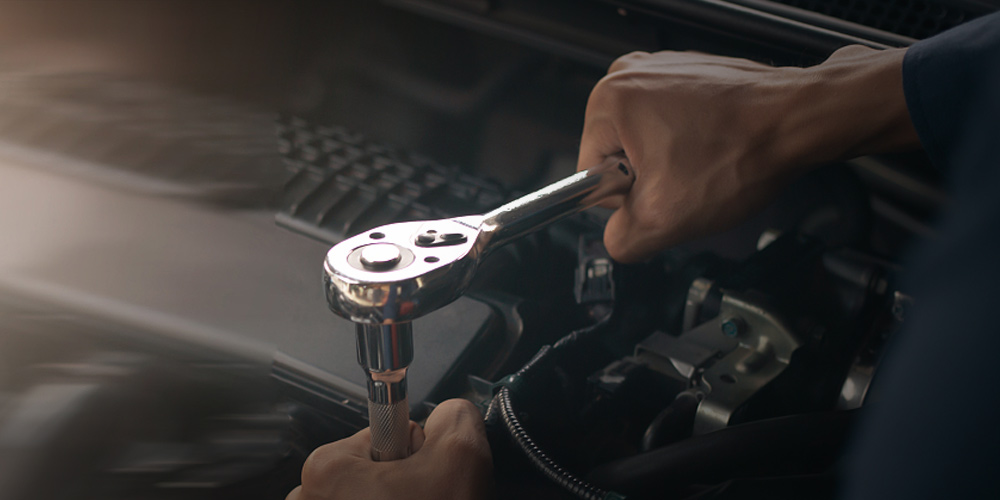

For the most enjoyable driving experience it's important to replace worn tyres. Optimum traction helps provide responsive handling for a smooth, reliable ride. To determine when you should start shopping, follow these simple steps.
The key to good traction is friction, but this can be elusive depending on the weather. Winter tyres are designed to stay soft and pliable at low temperatures, so they will deform and re-conform to all the micro irregularities of the icy surface, resulting in grip. All-season tyres are designed to help provide traction in wet and snowy conditions. Their reinforced sidewalls keep the tyre shoulders on the road, while microgrooves help provide biting edges that lock together, enabling better grip when turning on wet road clear.
The last four (4) digits of the serial code identify the week and year of production. For example, a tyre with a serial code ending in “1416” was produced in the 16th week of 2016.
Speed rating indicates the maximum speed at which the weight designated by the manufacturing company can be supported by the tyre. When replacing your tyres, consult your vehicle owner’s manual and tyre information placard for recommendations, if any, concerning the use of speed rated tyres.
In the case of a damaged tyre and wheel, professional consultation is recommended. Tyre replacement should only be done by a trained and highly experienced technician.
The optimum air pressure level for your tyre can be found on the inner side of the car door, inside the fuel cap or in the car manual (the location of the sticker can vary according to country).DO NOT compare your inflation pressure to its maximum pressure marked on the tyre’s sidewall.It is important to check all tyres, even the spare, at least once a month or before a long trip.
- in case of higher pressure than a recommendation, deflate your tyre to the recommended pressure.
- in case of lower pressure than a recommendation, inflate your tyre up to the recommended pressure.
In general, it is the best to rotate tyres every six months or 10,000km. To change tire position to the other position ensure even wear and long life of tyre.
This needs to be determined immediately by getting the tyres inspected by an authorized dealer. If the irregular wear damage is due to inflation problems or mechanical wear such as alignment, the warranty is void. If by chance the bad wear is due to a workmanship or material defect, this can be confirmed by a tyre technician and a claim can be filed to compensate you toward the unused portion of the tyre.
We recommends to inspect wheel alignment every year or for every 20,000km. The inspection is required.
Tyre balancing is a process of compensating for the weight of the tyre and wheel after assembly.
If not properly balanced, it increases vibration and cause stress on your vehicle.
If you feel a vibration from a tyre, visit a mechanic where he or she will attach a balancing weight to the exterior or interior of the wheel to counteract centrifugal forces acting on the heavy areas when the wheel is turning.
Tyre adjustments under this Limited Warranty will only be made at an authorized retailer. If you have any question about tyre warranties you should contact with your local retailer.
You may contact EVERGREEN local dealer or contact us directly for professional help.